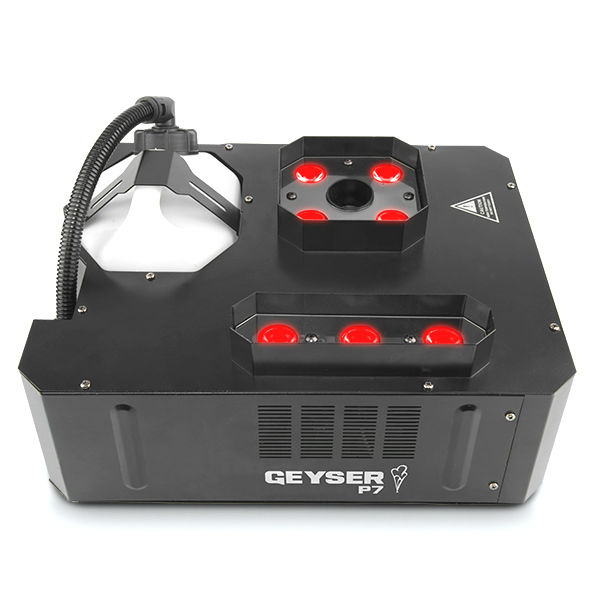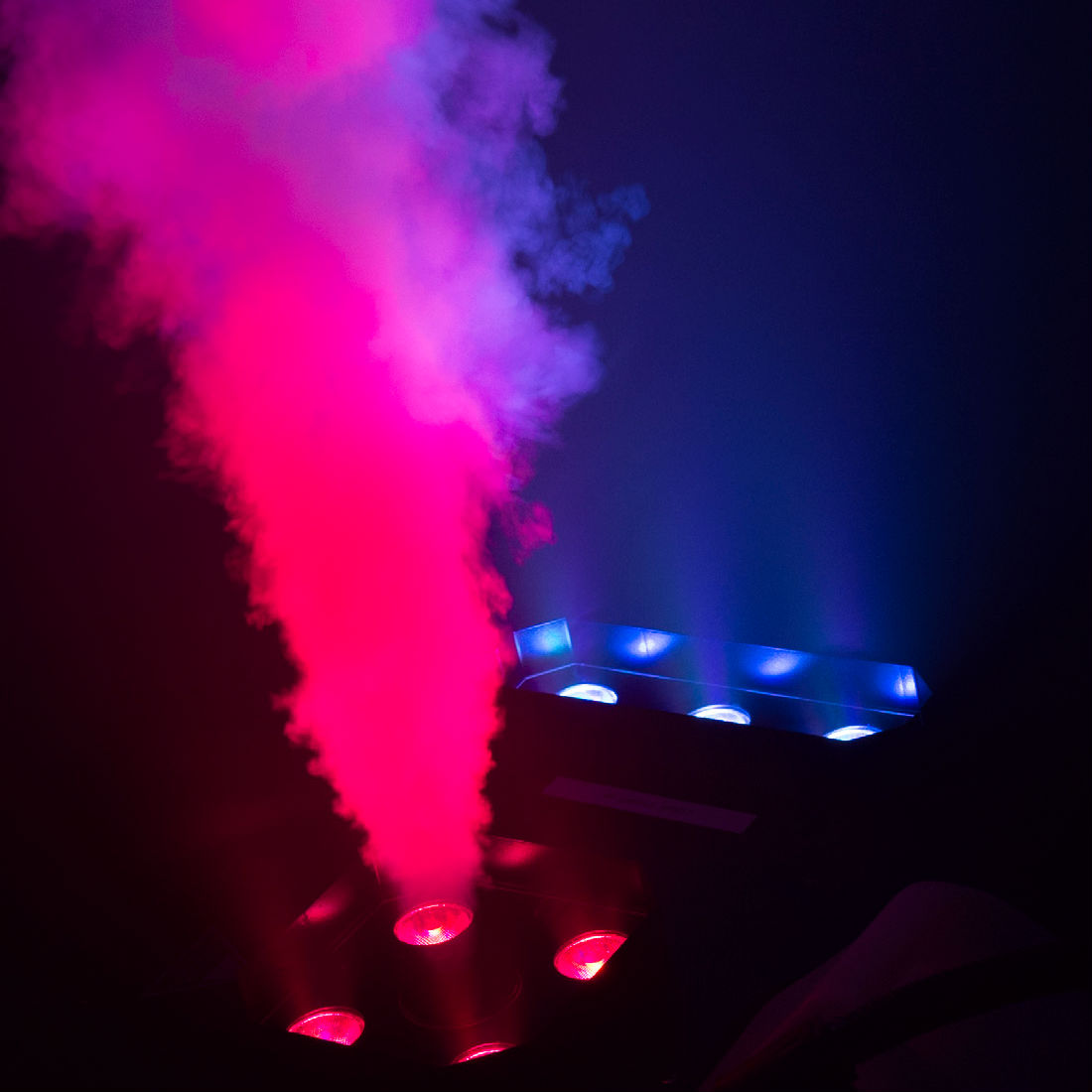Let's Makeup
I still remember the first time I saw a performance that used blacklight effects. It was 1976, and I was watching a performance by the mime troupe Mummenschanz on "The Muppet Show." I sat, enthralled, as two actors dressed all in black manipulated eyes, ears, noses and lips made of fluorescent fabric to create outlandish masks that glowed intensely. Of course, I didn't know that I was seeing a blacklight effect at the time, but I knew that it was cool!
The world has certainly changed a lot since I first saw that performance, but fluorescent effects still have the power to grab an audience's attention. We get a lot of requests here at Theatre Effects for make up and paints that will glow under blacklight (ultra-violet light). Youth ministries are conducting services for kids that make heavy use of blacklight effects, puppeteers are using blacklight paints for their stages and puppets and, of course, nightclubs and bars have found blacklights to be a great way to add some excitement to their space.
The UV makeup that we sell uses "dayglo" colors, meaning that the colors will be bright and vibrant under normal lights. However, they really look their best when viewed under a blacklight. For maximum effect, they should be viewed with a blacklight as the only source of illumination.
Why is it that UV colors don't look as good when other, non-UV lights are on? The reason lies in how UV colors create their effect. Each UV contains phosphors, which are chemicals that absorb ultra-violet radiation -- which cannot be seen by the human eye -- and convert it into visible light. There are many types of phosphors, and each type converts UV into a specific wavelength (i.e., color) of visible light. You're actually surrounded by phosphors all day long, whether you know it or not. The picture tube in your television and computer monitor uses phosphors to create the picture you see. That detergent that promises to "get your whites whiter and your brights brighter" does its job by putting phosphors into the fabric of your clothes. Those phosphors react with the UV in ordinary daylight to actually make your clothes glow!
So, UV paints and makeup create their unique look by converting the UV radiation from a blacklight into glowing colors. In effect, this means that anything using a UV-reactive color becomes a very weak light source. Imagine, for a moment, that you are standing in a darkened room with an ordinary flashlight. Aiming the flashlight at the wall, you can clearly see the pool of light that it produces. However, if you were to turn on the overhead lights in the room, you probably wouldn't be able to see that pool of light anymore. Why? Did the flashlight stop putting out light? Of course not! You no longer notice the light from your flashlight because the overhead lights are so much more powerful. In the same way, if you create a blacklight effect, and then allow a lot of additional light on stage, you'll wash out the glowing colors as if they were a weak flashlight.
If you simply can't avoid competing with additional light, however, all is not lost. The simplest way to overcome ambient light is just to add more UV light. If you're using the 48" fluorescent blacklight tubes, try mounting them end to end across the performance space. You may have to double-hang your fixtures, so that you have two tubes directly over every area of the stage. You can also increase the amount of UV by moving up to a more powerful blacklight source. In general, the longer fluorescent tubes will be a bit brighter than the shorter ones, and lights such as our Black Shadow flood light will be even brighter. In addition to adding more UV, try getting the UV light as close as possible to your performers. While you may get good results from across the room when using the Black Shadow, you'll probably want to have most fixtures mounted directly above, or below, your performers for the maximum effect.
*********************************************
Theatre Effects Customer Service Department
service@theatrefx.com
www.theatrefx.com
Theatre Effects, 1810 Airport Exchange Blvd. #400, Erlanger, KY 41018
Phone: 1-800-791-7646 or 513-772-7646 Fax: 513-772-3579









